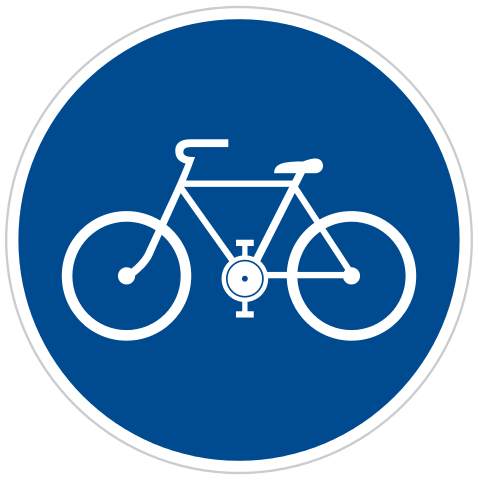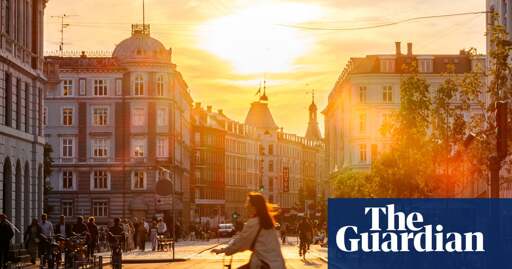- cross-posted to:
- fahrrad@feddit.org
- fuckcars@lemmy.world
- fuckcars@lemmy.world
- cross-posted to:
- fahrrad@feddit.org
- fuckcars@lemmy.world
- fuckcars@lemmy.world
"Hitting a green wave? It’s the best feeling, especially when you’re in a hurry,” says actor Samuel Traum, unlocking his bike by a Copenhagen intersection thronged by two-wheeled commuters. “The opposite, a red wave, is the worst.”
The green wave that Traum describes is a system started by the city authorities 16 years ago: in order to encourage bike travel, they synchronised traffic lights on several key roads so that a rush-hour cyclist travelling at about 20km/h (12.4mph) could catch green lights all the way.
Green waves are now set to spread to 15 more routes after the municipality approved new cycling provisions in the budget this month.
“Usually the lights are set at the speed of the cars,” says Lars, a 33-year-old analyst cycling down Nørrebrogade, where the first pilot project began. “I wish it would be expanded.”
Like many cities in Europe, Copenhagen became a city of cars after the second world war. In the 1970s, however, it began to fight back against the traffic with huge bike protests that pushed the municipality to build a vast network of cycle lanes. If every city had as many, a study found in June, the total carbon dioxide emissions from private vehicles would fall by 6%.
But officials admit that even Copenhagen is struggling to cut car use among those who travel into the city from outside. The construction of cycle superhighways has helped commuters reach the outskirts by bike, but red lights slow them down when they reach the streets. It is here that transport planners hope green waves will help.
“It’s so important to have the freedom on a bike to just ride along at a good speed,” says Line Barfod, the mayor for technology and environment, who zips down Nørrebrogade every day on her way to city hall and argues that more green waves will encourage people to ditch their cars. “You can feel the city wants you – and supports you – going on a bike.”
The expansion of the traffic light tweak has faced little political pushback and residents who have experienced green waves speak glowingly of them. Barfod says: “The war between cars and bikes is more on parking spaces than changing speeds.”
But at peak hours, local people say, Copenhagen’s cycling culture has become a victim of its own success. The lanes are too busy to enjoy an unbroken green wave, says Pia, a 65-year-old fundraiser who comes into the city by train and cycles home. “Sometimes it’s so crowded you won’t make it to the next light in time.”
Lars, who usually cycles too fast to ride the wave himself, thinks the city is reaching a difficult trade-off point. “We’re at a point now where we need to choose between cars and cycles. If you give cycles more space, it will compromise with the ability of drivers to access different spaces.”
Copenhagen is up against Amsterdam for the title of Europe’s cycling capital, but other big cities such as Paris and London are starting to catch up. The municipality scored poorly in a recent ranking of child-friendly cycling on the share of roads with 30km/h speed limits, though it has begun to add more.


